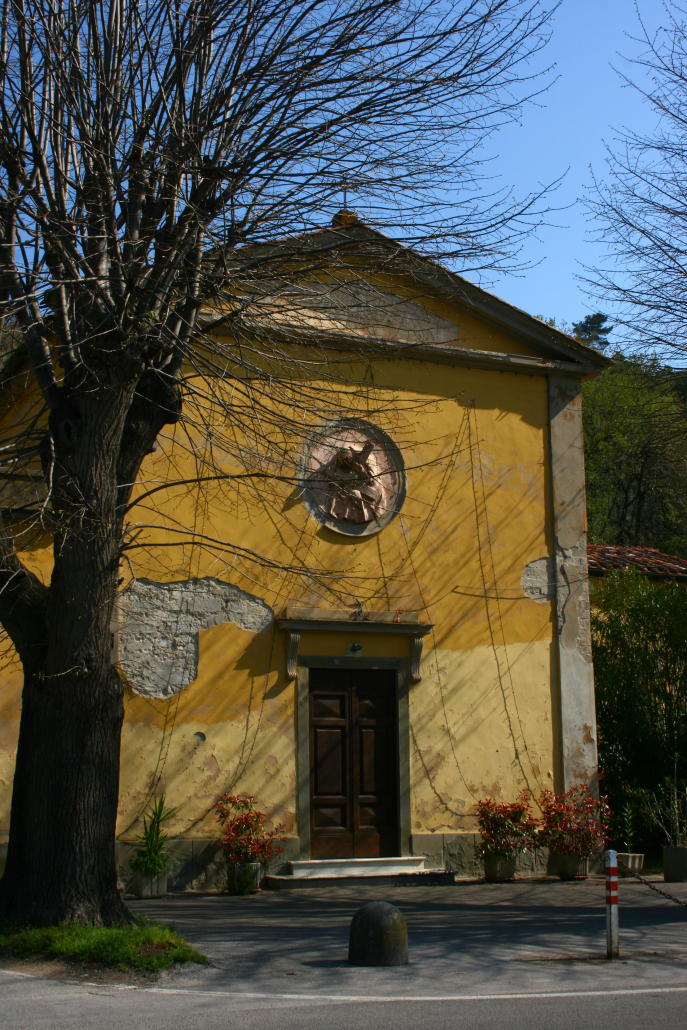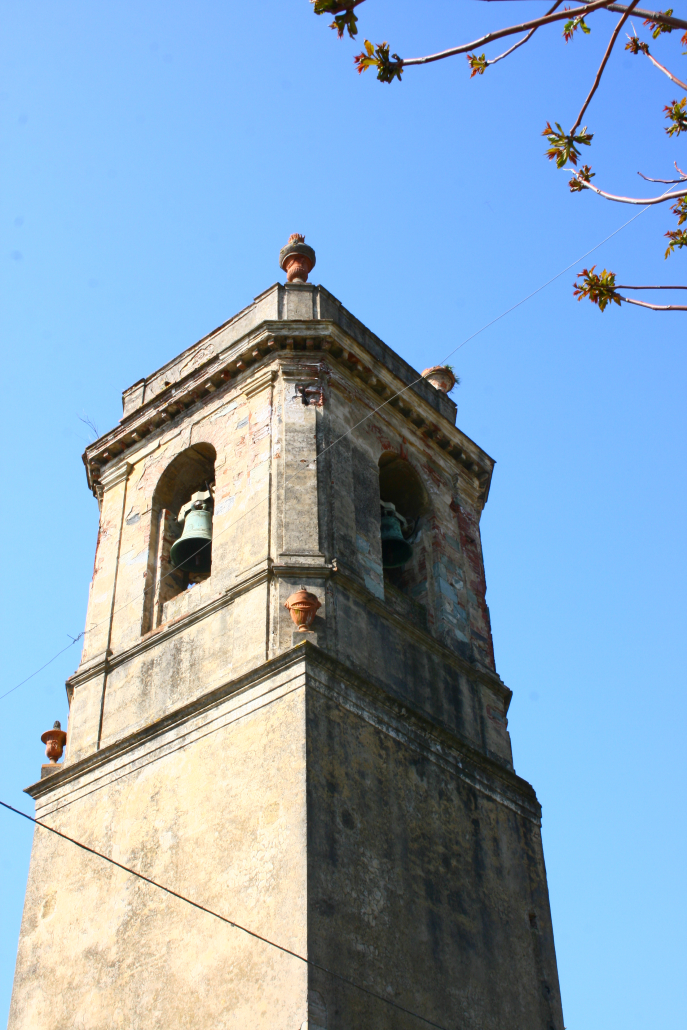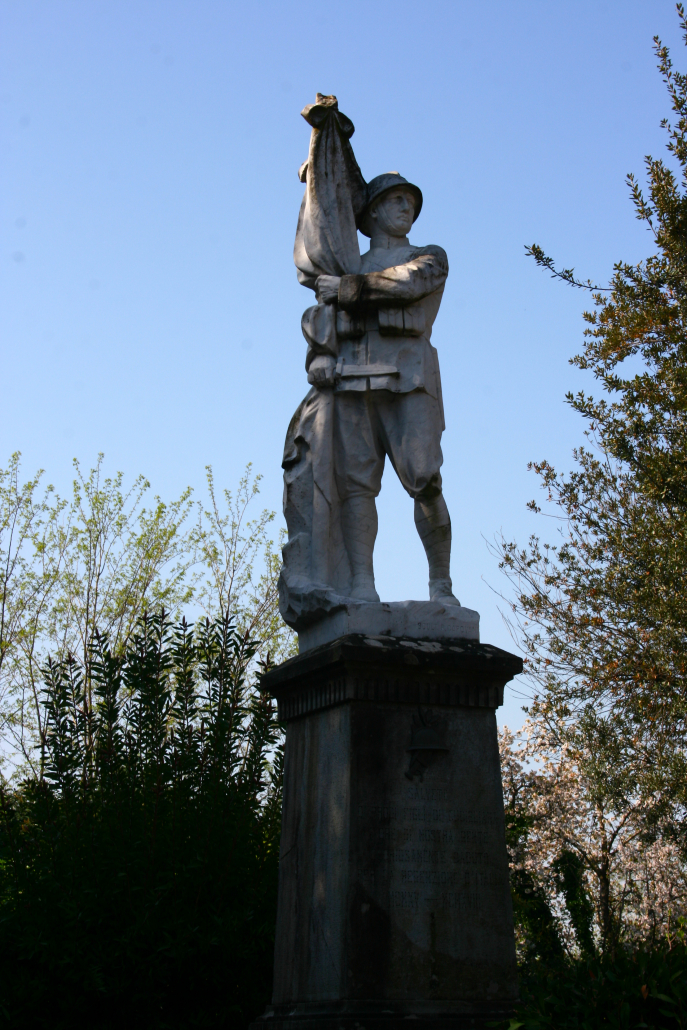History
Cucigliana’s origin is to be placed in the Roman period (for the same reasons indicated for Lugnano). It is first mentioned in 876, when it is part of a “curtis” - an early-medieval farm – belonging to the Archbishop of Pisa. We have limited information concerning its history in Middle Ages and no significant events to report in modern times.
The most important activities concerning this village have been river navigation - on typical two-masted boats said “navicelli” - and pottery making.
The Monuments
In the main street we can find the church of Saint Andrew the Apostle. The original church - first mentioned in 1063– was located nearby the bell-tower. This is worth mentioning for its medieval decorated stone base enclosed in a 18th century structure. The church was destroyed by some river floods and rebuilt in 1700 in its present location as a simple chapel. In the following centuries it has been enlarged and transformed until it reached the present structure that is the result of a restoration made in the second half of the 19th century.
The single-chamber's interior has a side altar dated 1826, an high altar dated 1789, and in the chapel of the Rosary there is a cycle of wall paintings depicting Quadrature, Saints Dominic and Rose of Lima, and various scenes from the Passion of Christ, the Annunciation and Christ in the Garden, mostly painted by the Florentine Ferdinando Folchi in 1863.
On the opposite side of the street there is the aforementioned church tower.
In the square in front of the church there is the Monument to the Fallen of World War I, executed by R. Capovani.
On the façade of the building, located at 38 Via Vecchia Vicarese, there is a seventeenth-century tabernacle with the Virgin and Child with Saints.





 giuseppe comito
giuseppe comito